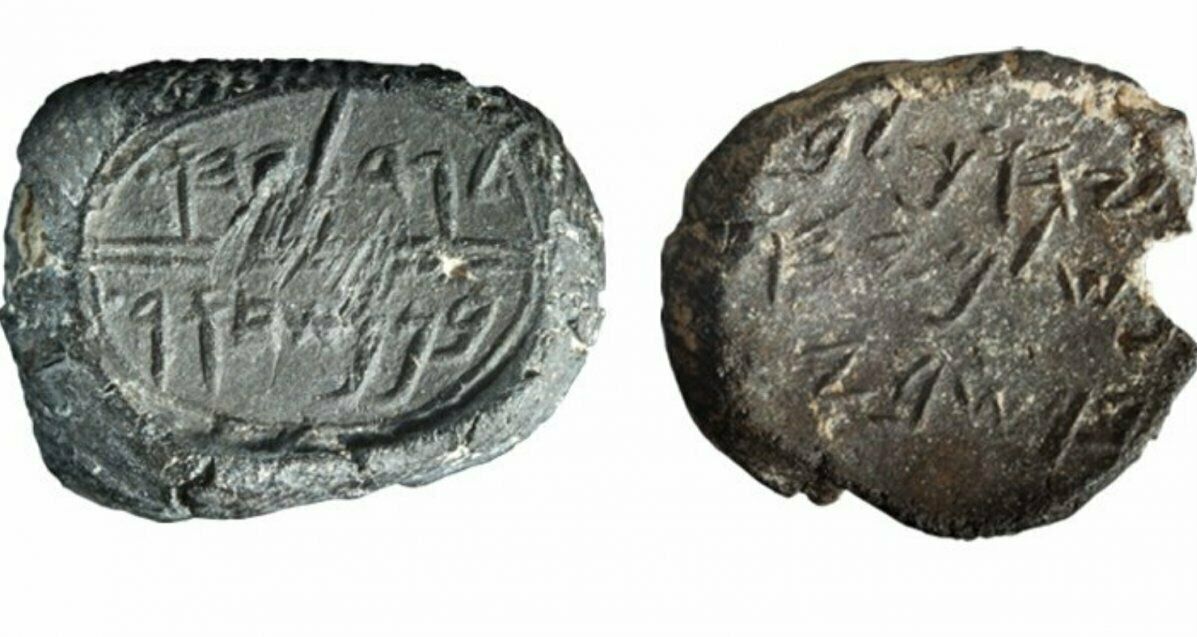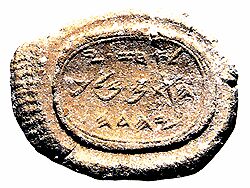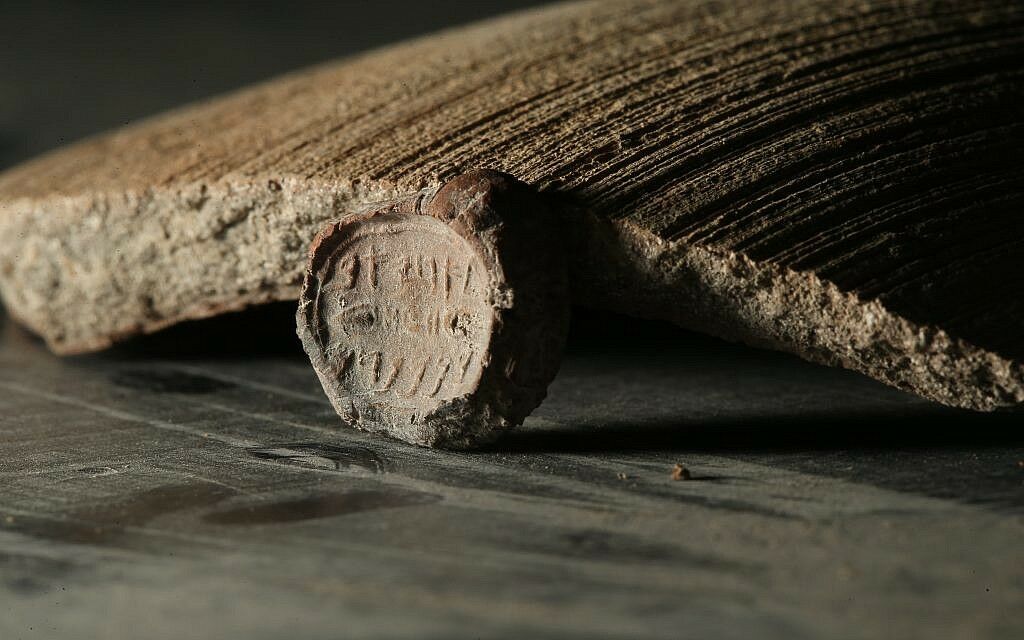A series of recent digs at the City of David have uncovered a new and impressive collection of stamped clay pieces known as bullae. These bullae were used to seal ancient documentation, in exactly the same manner as modern wax seal stamps. They carried the names of officials, and occasionally small motifs.
The recently discovered trove of bullae, given various dates from before the 586 b.c.e. destruction of Jerusalem, include a number of biblical names such as “Phineas” and “Menahem.” What is particularly interesting about this recent collection, according to the excavators, is the presence of more traditionally Israelite names shown on the bullae, as opposed to typical Judahite names used in the southern kingdom.
Why is this the case? A likely answer is that these bullae belonged to Israelite refugees and/or their descendants, who fled into Judah after the 720 b.c.e. destruction of the northern kingdom. Some of these Israelite nationals must have then gained positions of prominence in the southern kingdom, thus being granted their own official seal stamps. These bullae provide supporting evidence for the presence of Israelite refugees in Judah.

Of course, we know from the biblical record that the vast majority of conquered Israelites were carried away captive by the Assyrians, and were replaced by a foreign people who became known as Samaritans (2 Kings 17). The Israelites who were carried away then became known as the “lost 10 tribes.”

We also know from the biblical record that some few Israelites remained after the destruction of the northern kingdom. King Hezekiah reached out to them, inviting them to keep the Passover in Jerusalem (2 Chronicles 30). While most derided the invitation, certain Israelites did respond to Hezekiah and traveled into Judah.
Further, the biblical account does directly confirm that Israelites immigrated to Judah and were living there after the Assyrian invasion (see 2 Chronicles 30:25; 31:6). So we should expect to see an Israelite presence in Judah. The bullae trove adds further material support to what was already known from the biblical account. The bullae also indicate that those immigrants did work their way up the chain into positions of authority.
The recent stamp collection builds up the already vast collection of bullae that have been discovered in the City of David and surrounding area. Most notable among the collection are stamps bearing the names of kings Hezekiah and Ahaz, as well as biblical officials Jehucal, Shelemiah, Gedaliah, Pashur, Gemariah and Shaphan. These bullae are so special because, through them, one can see and touch the genuine personalities of the Bible. For many, it is simply too much to believe the Bible of and by itself. Yet finds like these continue to repeatedly validate the biblical account.
We look forward to even more significant discoveries from the City of David in the near future!

